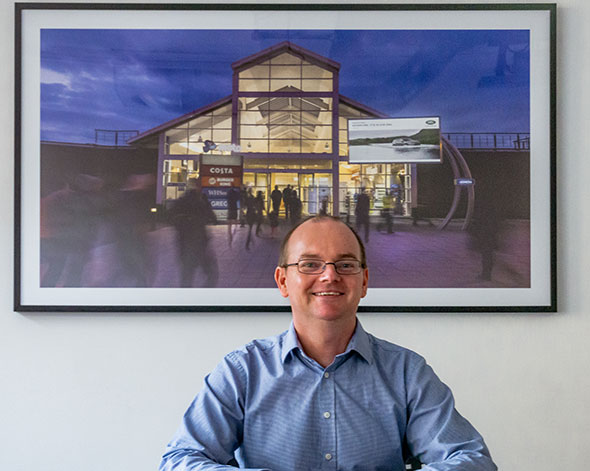
Jun
To accelerate or stay static? The road from classic OOH to DOOH
We were recently asked about the transition from Static to Digital, in regards to introducing our dynamic full-motion network – Admedia Nexus, where industry experts Daily DOOH sat down with our Managing Director Phil Daniel to get the low down on Admedia’s successful evolution.
So for companies considering the move from Static to Digital, here are a few summarised steps Phil would advise:
1). Bring something unique to the schedule – As an industry we speak a lot about how much we invest in new screens, and I fear it comes across as ‘build it and they will book’. Identify something that you can bring to the market that can help clients be more effective and efficient.
2). Be prepared – there are always a number of variables that we are not in control of, so it’s important to try and maximise anything that’s in our own control. With this in mind, with Nexus we identified two key audiences – SME and Automotive that would be vital to its success and ensured we had a clear process in place in advance of the launch.
3). Flexibility – when we looked at packaging our screens, we spoke to the market about what would be most effective. The feedback was flexibility! Rather than try and impose our will on the advertiser, we respond to their requirements, whether it’s to only show an advert when it rains, or only show on Monday – Friday to target SME decision makers, or only to show when a traffic speed goes below a certain mph. Sure, life would be easier (and potentially more lucrative) if everyone bought a screen for two weeks, but for us to access different budgets, short-term campaigns and tactical bursts, our response is always yes to our clients’ requirements.
4). Invest in the best technology – it can be tempting to go for the cheaper option, save some money at the top-end and consider just the short-term view. For Admedia, we were determined that our launch into digital would represent a new chapter in the company’s history. As such, we were looking to future-proof the business as much as possible and send a statement to the market that we are in it for the long term.
5). Incorporate best practice as standard – with Nexus, we were entering a well-established market in the UK, and that gave us the opportunity to understand what was doing well, and to look to replicate the market’s best practice as standard practice. In our original due diligence, one area that was raised was accountability, this led us to install webcams at our sites, allowing clients to access their campaigns in real-time.
6). Be confident – ultimately you have to back your judgment. We looked at the market, saw that we could bring something new and effective to the schedules and move the business into the digital world. But there are no guarantees! This challenge can be intimidating but you need to be confident in what you are offering and how you are offering it, and ultimately back yourself to become the best business you can be!

